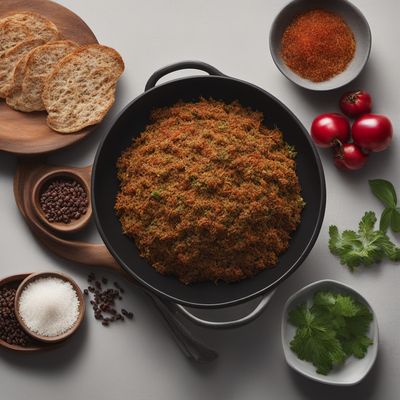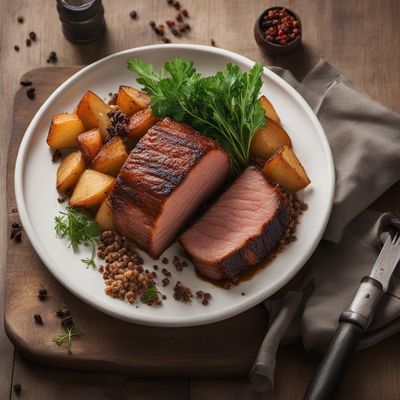
Dish
Knipp
Knipp is made by mixing cooked potatoes, onions, and ground pork together with spices such as marjoram and caraway seeds. The mixture is then formed into dumplings and boiled in water or broth. The dish is typically served with sauerkraut, which provides a tangy contrast to the savory dumplings, and mustard. Knipp is a popular dish in northern Germany, especially in the city of Bremen.
Origins and history
Knipp has been a traditional German dish for centuries. It is believed to have originated in the northern regions of the country, where it was made by farmers using the ingredients they had on hand. Today, it is a popular dish throughout the country and is often served during the winter months.
Dietary considerations
Knipp is not suitable for vegetarians or vegans. It may also contain gluten and dairy, depending on the recipe.
Variations
There are many variations of knipp, with different spices and ingredients used depending on the region and the cook. Some recipes call for the addition of bacon or smoked pork, which adds a smoky flavor to the dumplings. Other variations may use different types of meat, such as beef or veal.
Presentation and garnishing
Knipp is typically served on a plate with the sauerkraut and mustard on the side. Garnish with fresh herbs, such as parsley or chives, for added flavor and color.
Tips & Tricks
When making knipp, be sure to use high-quality pork and fresh spices for the best flavor. If you don't have a dumpling mold, you can shape the mixture into balls by hand. Store any leftover dumplings in the refrigerator for up to three days.
Side-dishes
Sauerkraut is the traditional side dish served with knipp. Other options include boiled or roasted root vegetables, such as carrots or parsnips.
Drink pairings
Knipp pairs well with a variety of drinks, including beer, white wine, and apple cider. For a non-alcoholic option, try apple juice or sparkling water.
Delicious Knipp recipes
More dishes from this category... Browse all »

Alheira
Portuguese cuisine

Alheira de Barroso-Montalegre
Portuguese cuisine

Alheira de Mirandela
Portuguese cuisine

Alheira de Vinhais
Portuguese cuisine

Andouillette
French cuisine

Androlla
Spanish cuisine

Barbecue Snags
Australian cuisine

Beer Brats
German cuisine
More cuisines from this region... Browse all »

Baden cuisine
Savory, Hearty, Tangy, Smoky, Sweet

Bavarian cuisine
Savory, Hearty, Tangy, Sour, Sweet
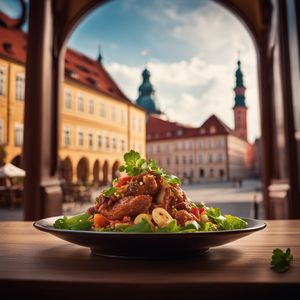
Brandenburg cuisine
Savory, Earthy, Hearty

Franconian cuisine
Hearty, Savory, Flavorful

Hamburg cuisine
Light, Flavorful, Fresh
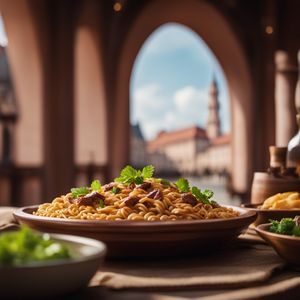
Hessian cuisine
Hearty, Savory, Flavorful

Lower Saxon cuisine
Savory, Hearty, Salty, Sour, Sweet
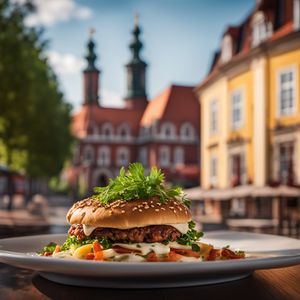
Mecklenburg cuisine
Fresh, Simple, Rustic, Savory
